Split. View from bell tower to Vestibul of Diocletian's palace — Photo
L
2000 × 1333JPG6.67 × 4.44" • 300 dpiStandard License
XL
5472 × 3648JPG18.24 × 12.16" • 300 dpiStandard License
super
10944 × 7296JPG36.48 × 24.32" • 300 dpiStandard License
EL
5472 × 3648JPG18.24 × 12.16" • 300 dpiExtended License
Split is a city in Croatia situated in the Mediterranean Basin on the eastern shores of the Adriatic Sea, centred on the ancient Roman Palace of the Emperor Diocletian and its bay and port. Split is by far the largest Dalmatian city
— Photo by vvr- Authorvvr

- 37908643
- Find Similar Images
- 4.5
Stock Image Keywords:
Same Series:

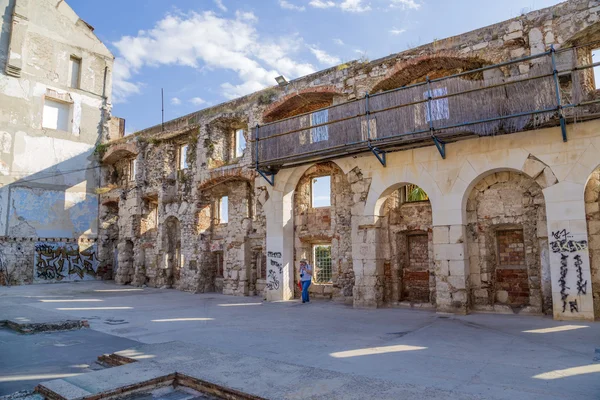
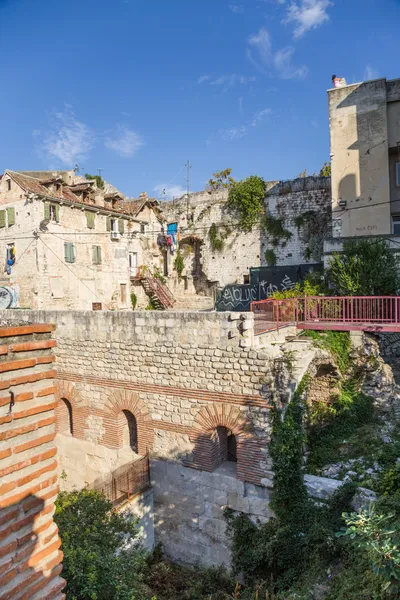
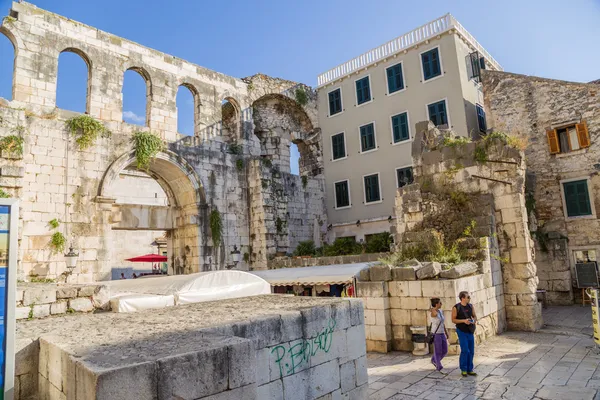
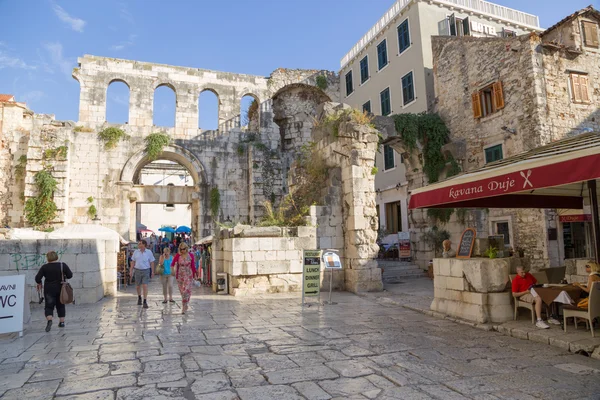
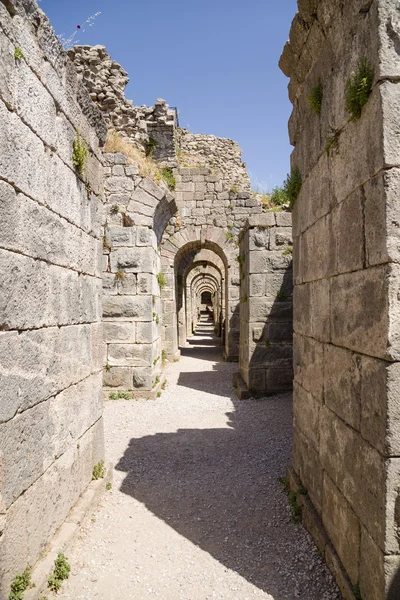
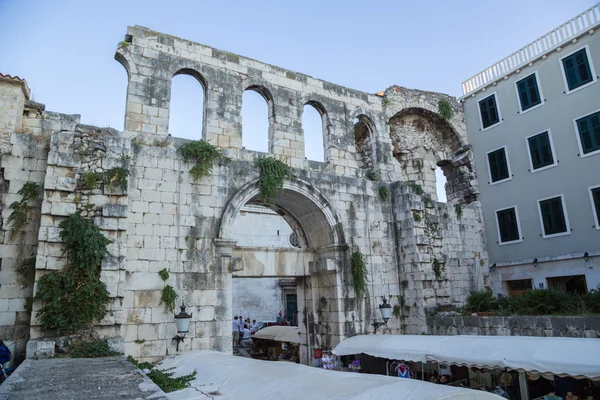
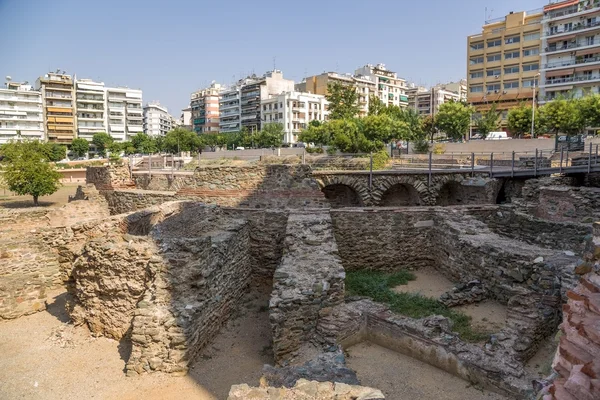
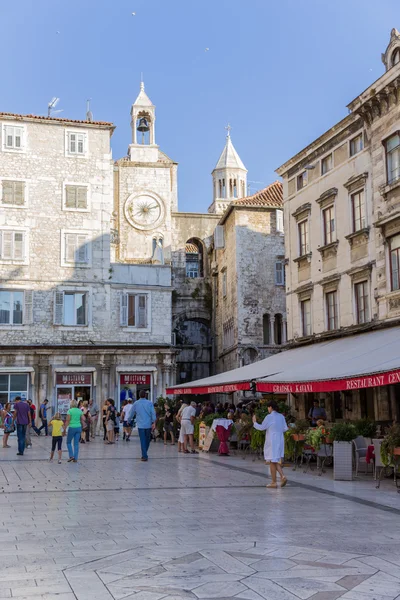
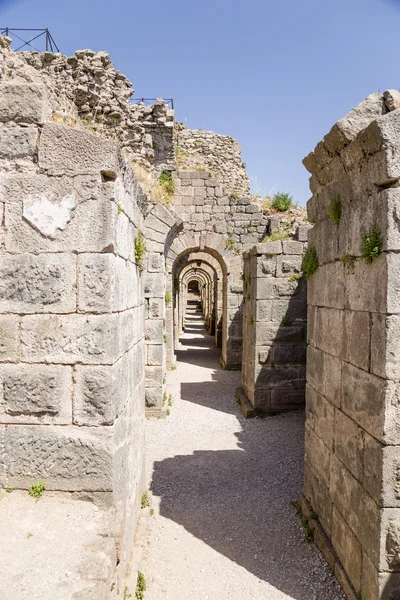
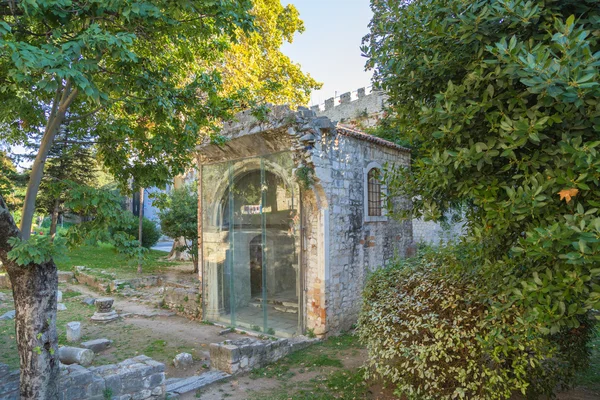
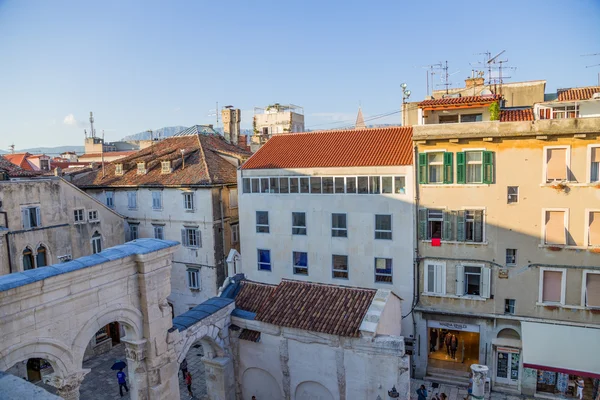


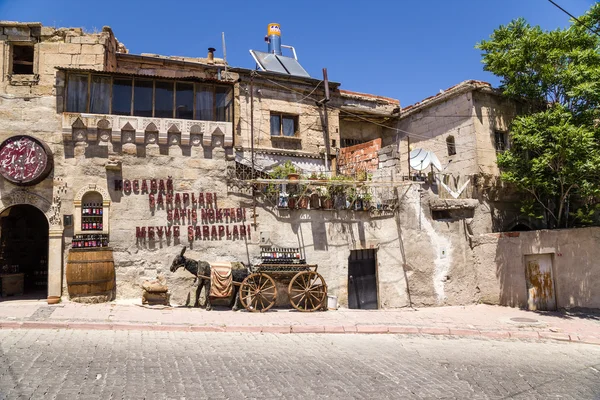

Usage Information
You can use this royalty-free photo "Split. View from bell tower to Vestibul of Diocletian's palace" for personal and commercial purposes according to the Standard or Extended License. The Standard License covers most use cases, including advertising, UI designs, and product packaging, and allows up to 500,000 print copies. The Extended License permits all use cases under the Standard License with unlimited print rights and allows you to use the downloaded stock images for merchandise, product resale, or free distribution.
You can buy this stock photo and download it in high resolution up to 5472x3648. Upload Date: Dec 27, 2013
